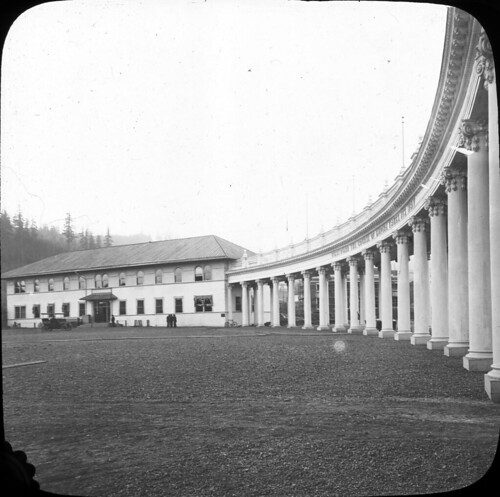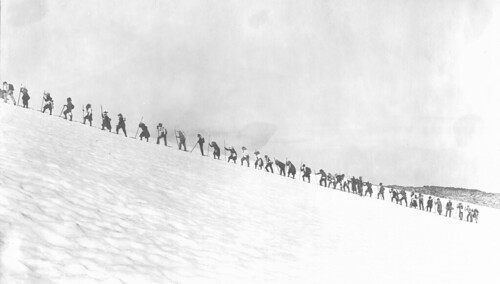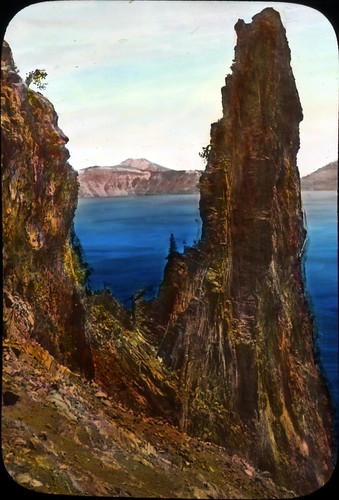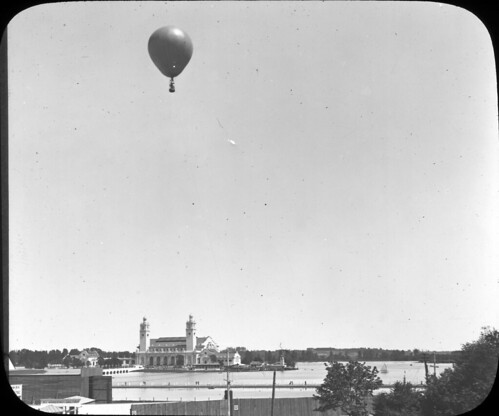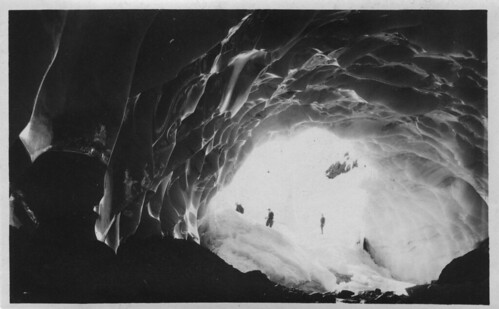
One of the wonderful things about being an archivist is finding a story that grips you and all of a sudden you are enmeshed in a stranger’s life — Friday morning it happened.
We have lots of collections here … And in a push to get collection guides online we want to have at least a collection level description available for everything we have. Not surprisingly, since my favorite thing is to research and write, I have plunged into writing biographical or historical notes!
First up, Othneil Robert Chambers: psychology prof, head of the department, includes LPs for a KOAC lecture series entitled “Is my child growing up?” from the 1930s and 40s. Dr. Chambers was an interesting guy and his collection also includes items on home care pulled together by his wife. Check, history done!
The next was a smallish collection, a little more than one file box, for a professor and former chair of the Agricultural Chemistry department, Joseph Shirley Butts. We didn’t know much, and the items we have looked to be his research notebooks and a bound volume of reprints and manuscript drafts. I headed to the microform machine with his microfiched personnel file, curious about its size but ready to skim through in 15 minutes to find the demographic basics and be done. Wrong.
What I wound up with, at 5:30 on Friday, was 3 pages detailing the fascinating life of this fascinating man! I’ll spare you all the sum total, but see if this catches you like it caught me … So have a seat and get ready to read!
Joseph Butts was known for his work as a teacher and administrator, soldier, scientist, and scholar. At the time of his death, he was known as one of OSU’s most widely-traveled staff members, having served as a consultant in almost every section of the world. He was an international authority in biochemistry, agricultural chemistry, and the peaceful uses of atomic energy.
He was born in Indiana in 1903, then strayed far from home for college, getting his BS in 1926 (Agricultural Chemistry) from the University of Florida in Gainesville. He obtained his MS in 1929 from Fordham University in New York City and his PhD from USC, under the advisement of Harry J. Deuel, Jr.
- Fun fact: while a student at Fordham, Butts traveled to the University of Leipzig, in Germany as an exchange student for the fall of 1938. That same year, he was also a “visiting worker” at the Cardiff City Mental Hospital in Wales, England.
Butts came to Oregon in 1939 to take a position as a professor of biochemistry after completing a PhD in biochemistry (1933) at the University of Southern California. Serving as the head of the Agricultural Chemistry Department from 1946 to 1961, he increased the number of full-time staff nearly five-fold, brought in outside contracts from the Atomic Energy Commission and the Surgeon General’s Office, and enthusiastically supported the expansion of the Physics Chemistry building.
Rumor is that Butts was one of the first civilians to leave OSU when the U.S. entered WWII. After a stint in D.C., he seized the opportunity travel to England with the Eight Air Force as a Nutrition Officer.
- Fun fact: his first attempt to get to England was interrupted by a Nazi torpedo!
After the war, he stayed in Active Reserve and was honorably retired in 1960 after nearly thirty years service. He was one of only a few Colonels in the Medical Service Corps.
- Following his return to campus after the war, he was selected by the State of Oregon to go to Oak Ridge to become acquainted with the “Manhattan Project.”
In 1952, Butts did a two-year assignment in Europe with the AEC’s National Biology and Medicine Lab. Immediately following that he was picked to be the U.S. representative at a six-week atomic energy exhibit in Germany for the State Department: the focus was on peace-time atomic energy utilization. 1957 found him in Western Europe on a special assignment working on the International Atoms for Peace Program. Following this assignment, he worked with the office of European Economic Cooperation on the Peaceful Use of Atomic Energy, a job that led him through 19 European countries to establish research programs.
However, Dr. Butts’ work was not confined to the field of atomic energy. His services as a consultant on a national and international level were varied, including positions with the Food and Agriculture Organization of the United Nations (FAO), UNICEF, the Atomic Energy Commission, the Interdepartmental Committee on Nutrition for National Defense, and the Surgeon General. His work on nutrition surveys took him to Iran, Iraq, Turkey, and Pakistan. After spending an hour reading through all his leave requests, I wondered how he functioned as the head of a department — and then there was another! This one was for a project in India working with the school milk program for children; the assignment was sponsored by the FAO to establish an accelerated program in foods and nutrition.
As I scrolled to the next microformed document, feeling a bit bad for the OSU staff in the Ag Chem department, I was hit with the program for his memorial service: Joseph Butts died in New Delhi after contracting a fatal case of amoebic dysentery.
In quotes after his death, Butts was often referred to as an unselfish congenial person, dedicated to increasing the understanding of science and developing higher standards of living throughout the world. But it was this quote, from President A.L. Strand in an April 18, 1961 that sums up Butts’ amazing contribution to the world.
“Dr. Butts’ competence, notably in the fields of human nutrition and the peaceful uses of atomic energy, made him much in demand as a consultant. During the last ten years he must have spent fully half the time abroad on such official duties.
The ancient pestilences of Asia — cholera, typhoid, plague, and dysentery are an ever-present hazard in most countries of that part of the world. Dr. Butts was well aware of this calculated risk. He was willing to take it. Versed as one may be in how to avoid infection, there are times when known precautions are impossible. It was doubtless such a situation along with the delay in obtaining proper medical attention that led to death.
It would not be his wish to be singled out for matchless praise. He accomplished much. He worked diligently to improve the health and welfare of a great many people. And he died in the line of duty. The university honors his name.”
And now, nearly 50 years later, take few minutes on this sunny Monday morning to do the same … And then, think about all the work that is being done today on our campus — making history and stories for some archivist to find in the not too distant future!

